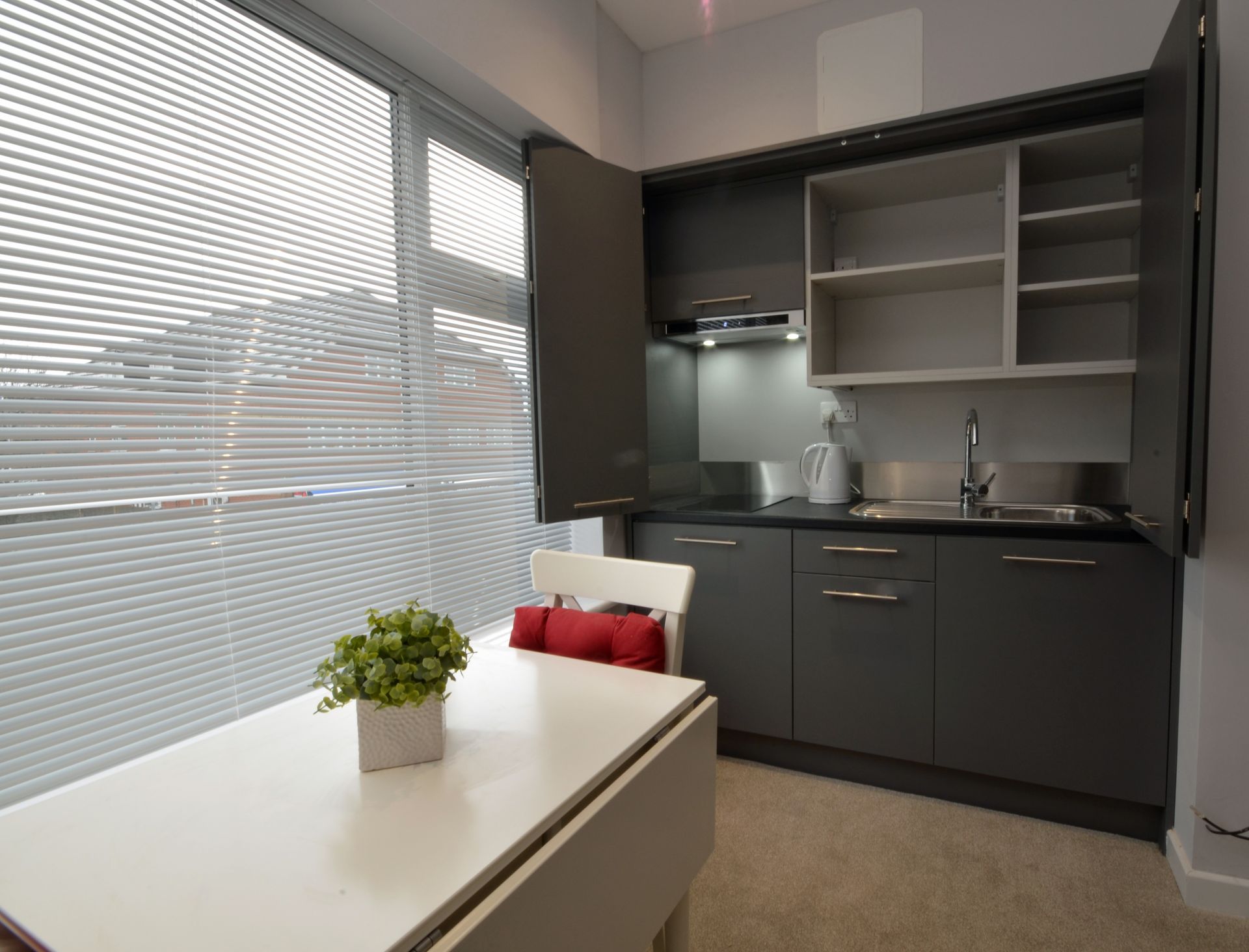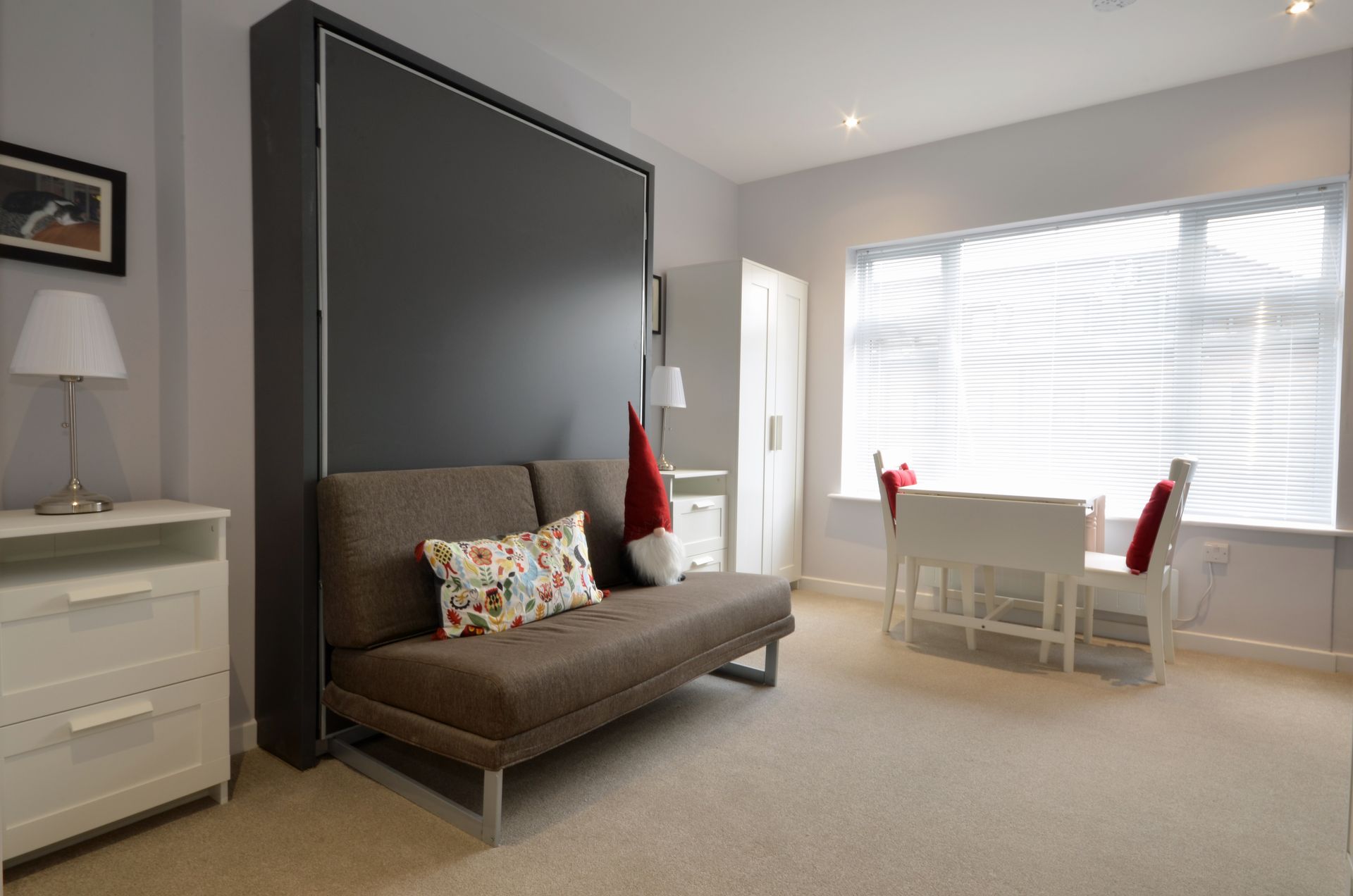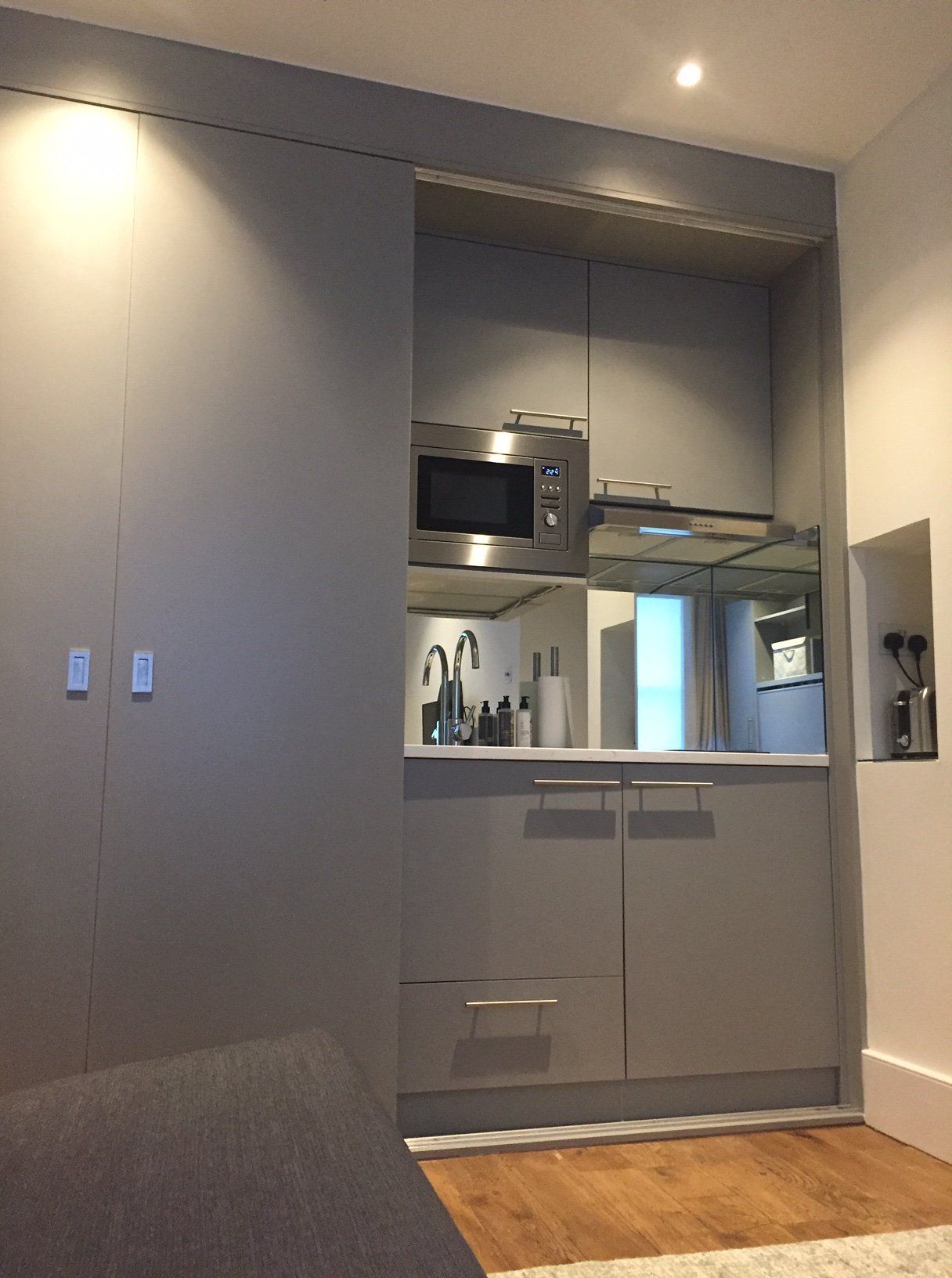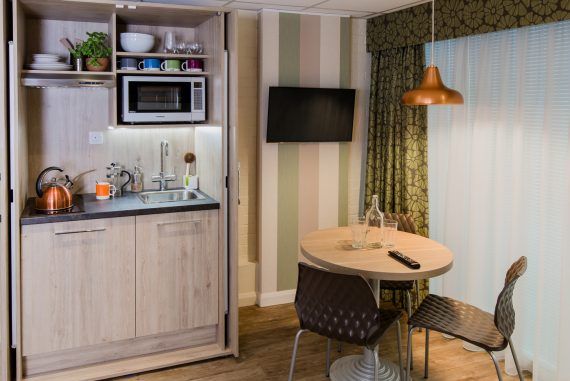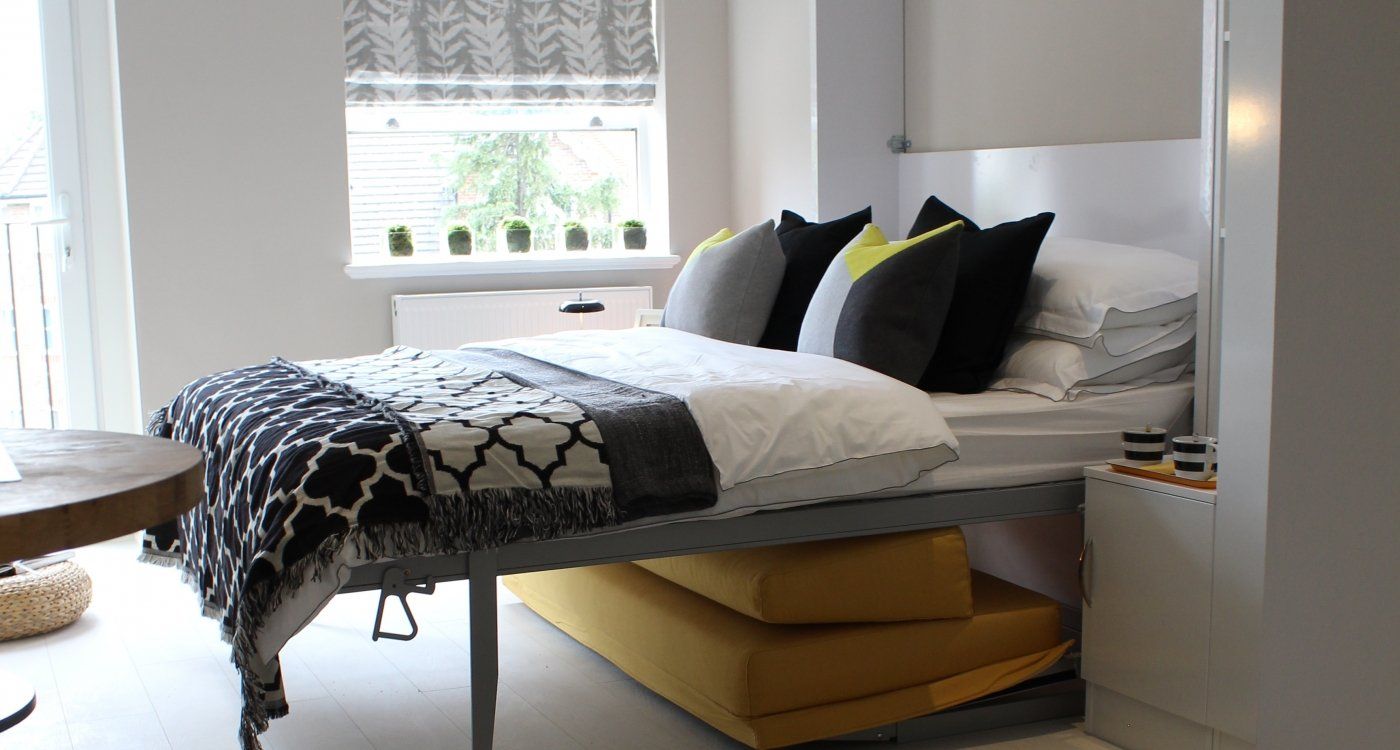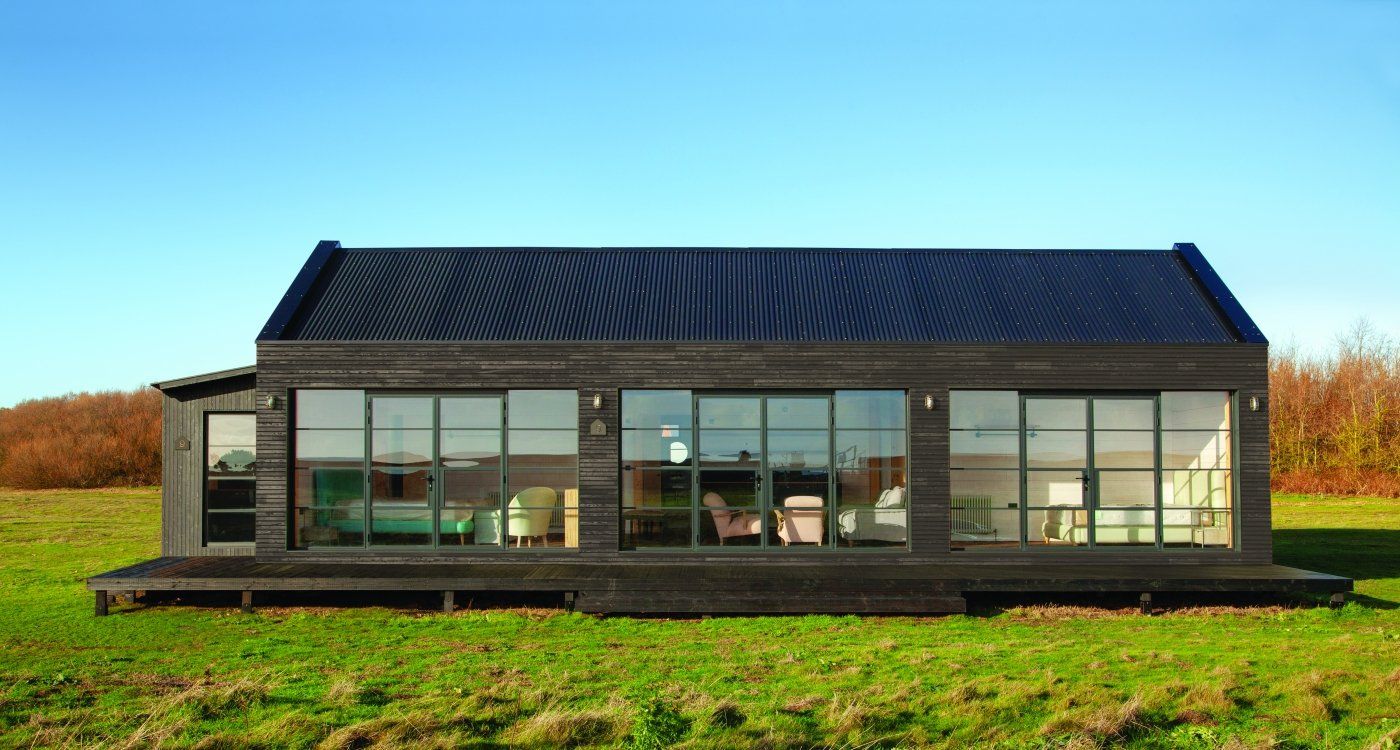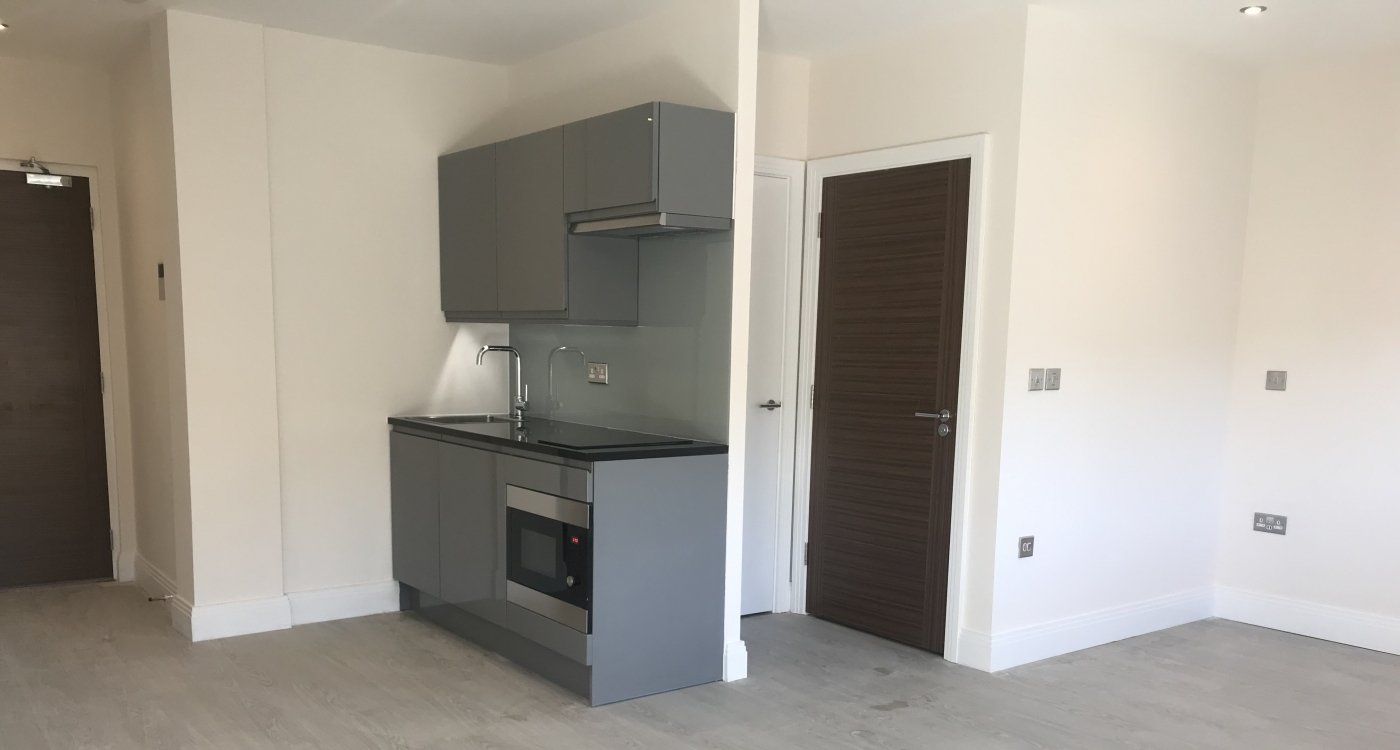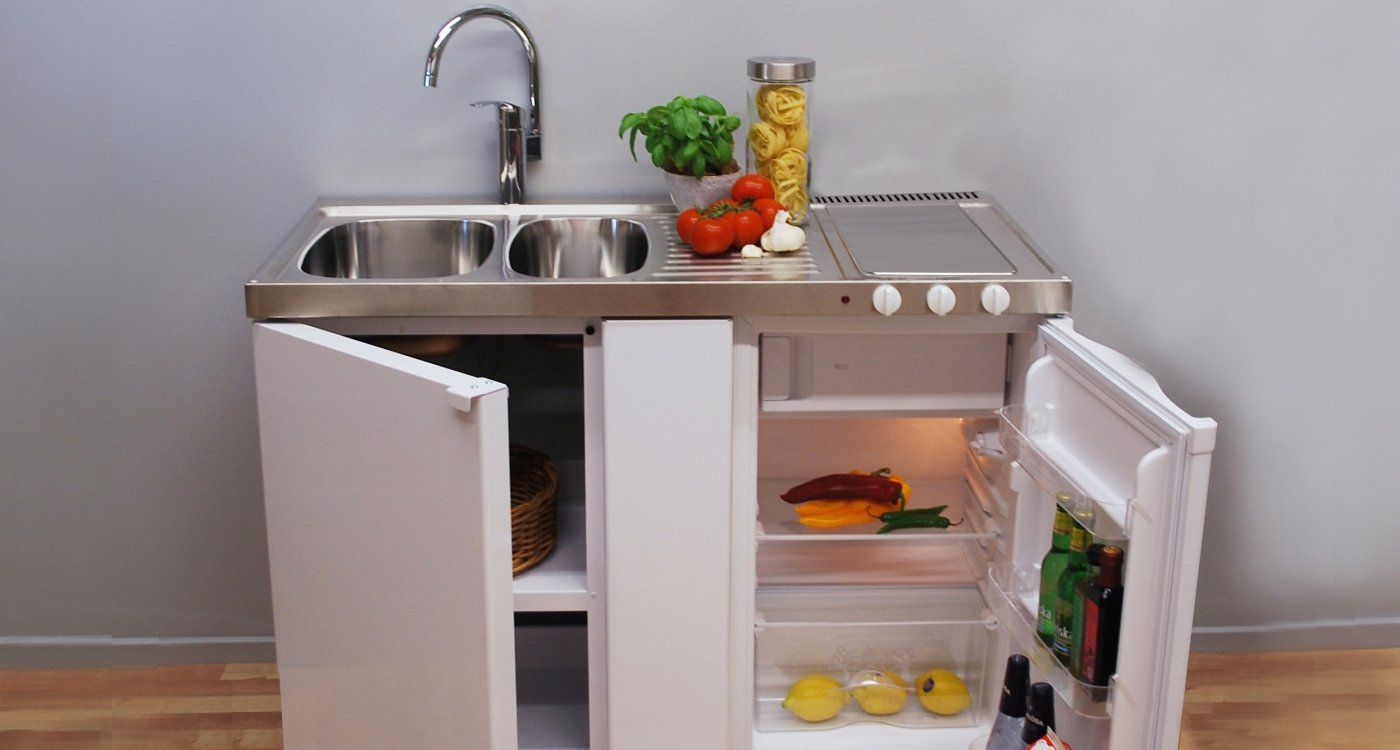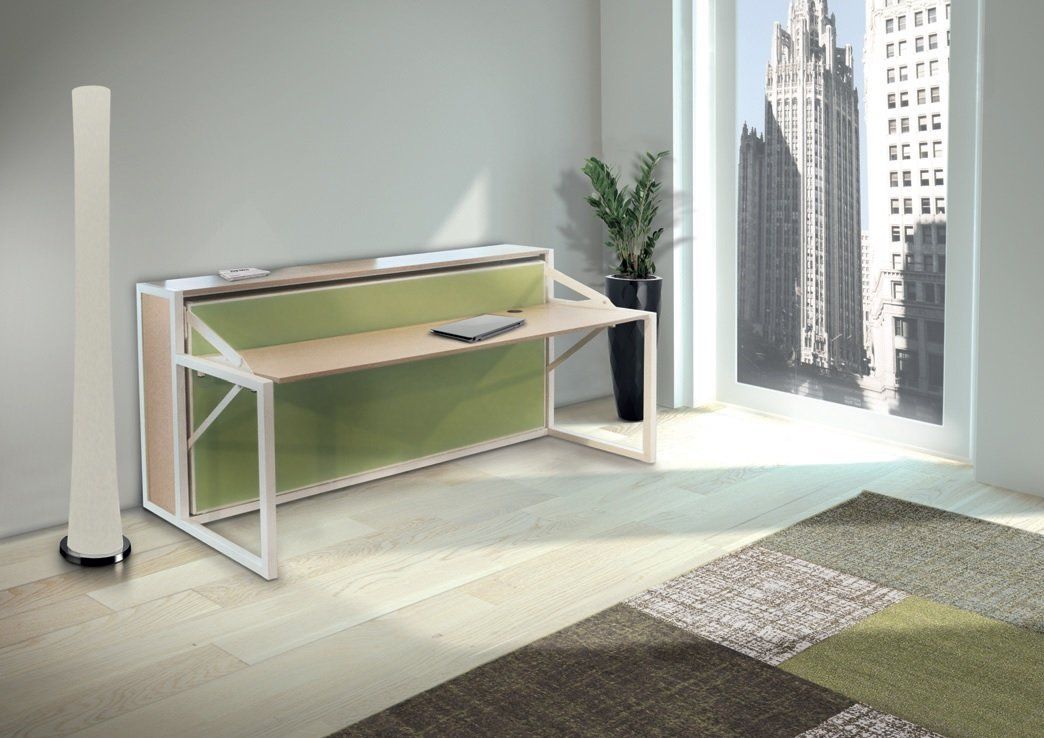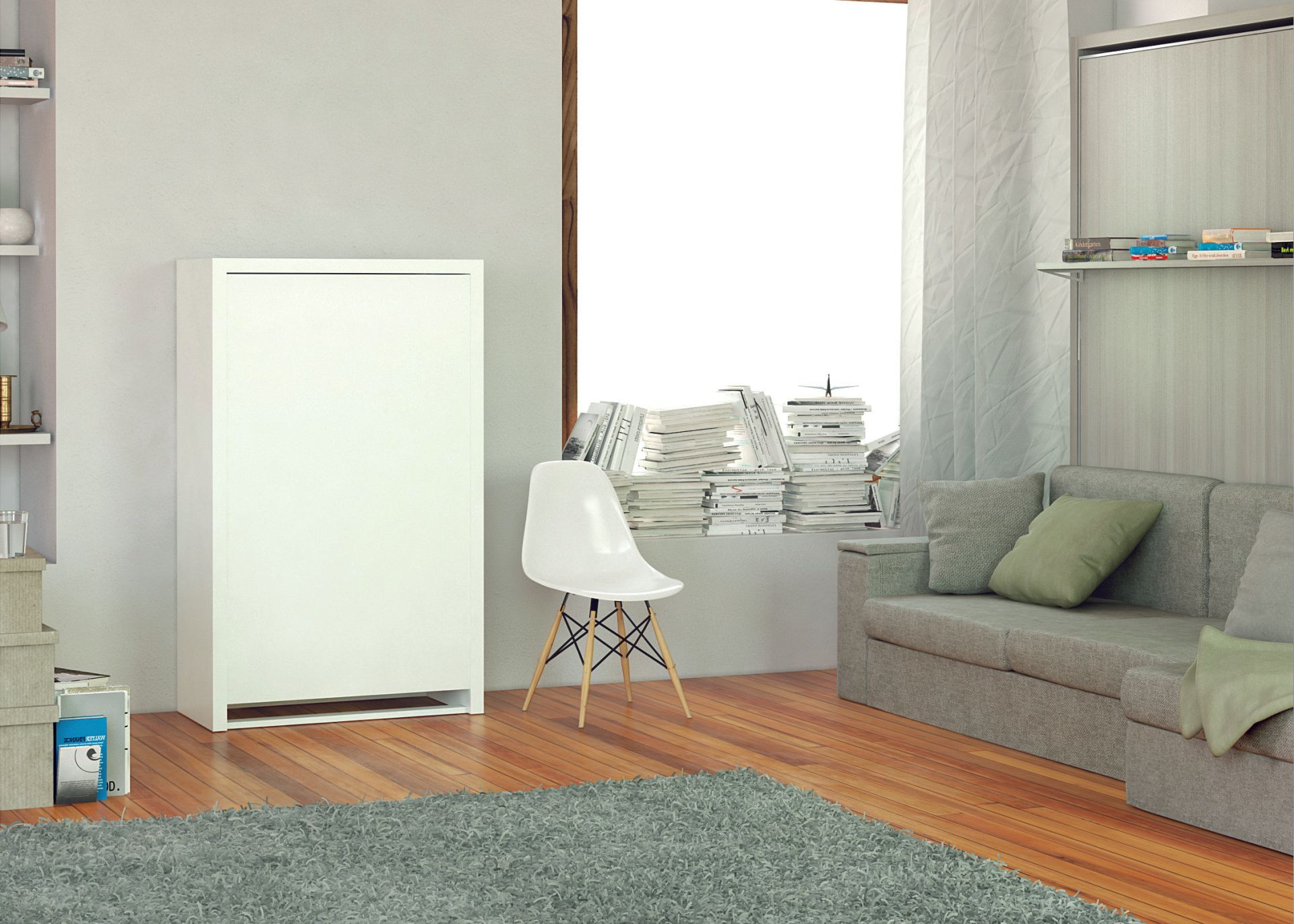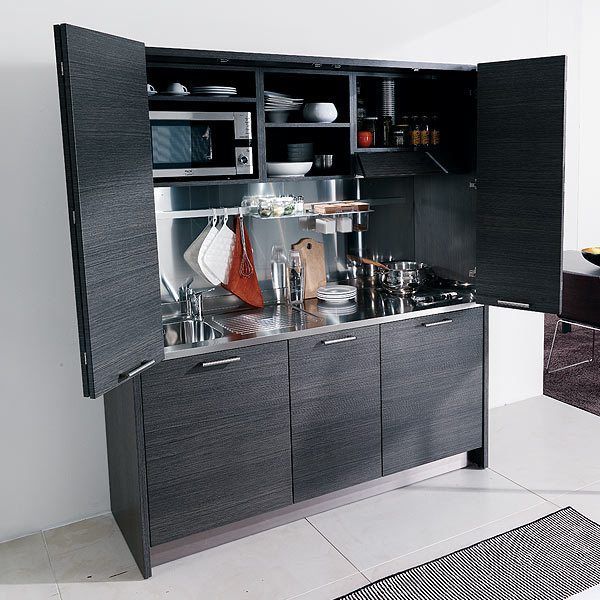How to design the perfect home office

How to Design the Perfect Home Office
The popularity of from working from home is on the rise. Even those workers who have permanent employment in a traditional bricks and mortar HQs are being encouraged to ditch the commute and work from home a day or two a week as the practise of ‘hot desking’ increases.
Working from home: great, idyllic even. Stay in your pyjamas, no commute a longer lay in, eat lunch cooked from your own kitchen, listen to the music you love and be productive in this relaxed environment. However, such a relaxed environment isn’t always the most conducive to productivity. There is a lot to be said for having a dedicated work space. The perfect solution, therefore, is to create a work zone within your home, the home office
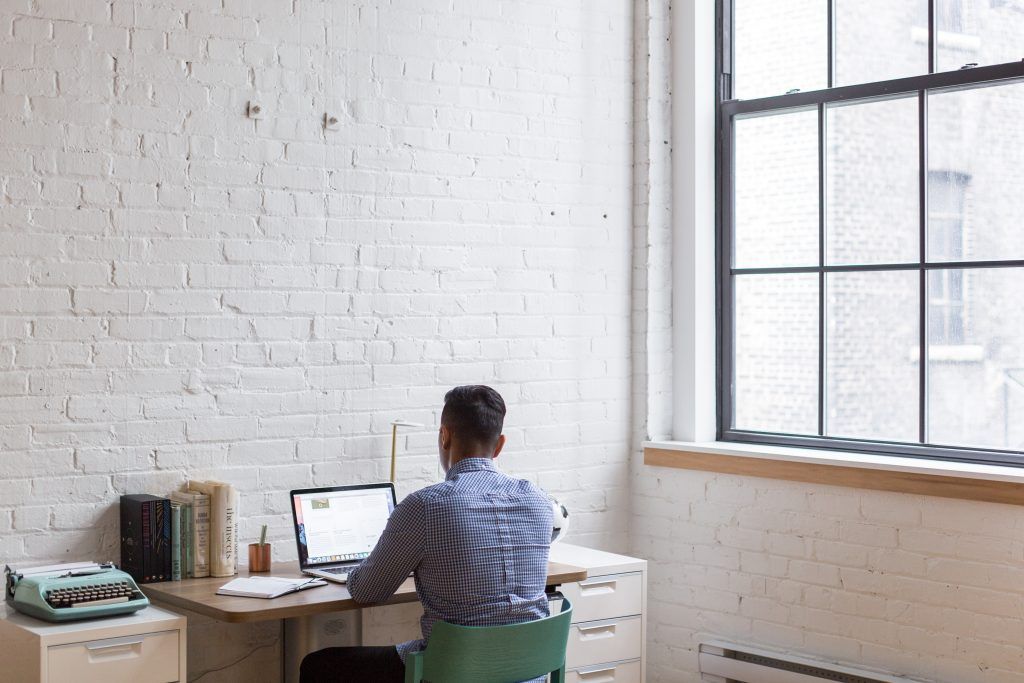
The 8 most important factors to consider when designing your home office
1. Do you have space?
The majority of British workers do not live in a home in which they are fortunate enough to have such a surplus of space that they can dedicate an entire room as home office. So what are the alternatives? How can we have it all? Extensions and garden rooms are brilliant solutions but will require significant investment. Those with compact homes should look around and really assess how they use each room, the space and where they want to work. Guest rooms, bedrooms, sheds, kitchens, even inside large cupboards, you will be surprised where you can fit in a work space but plan it well.
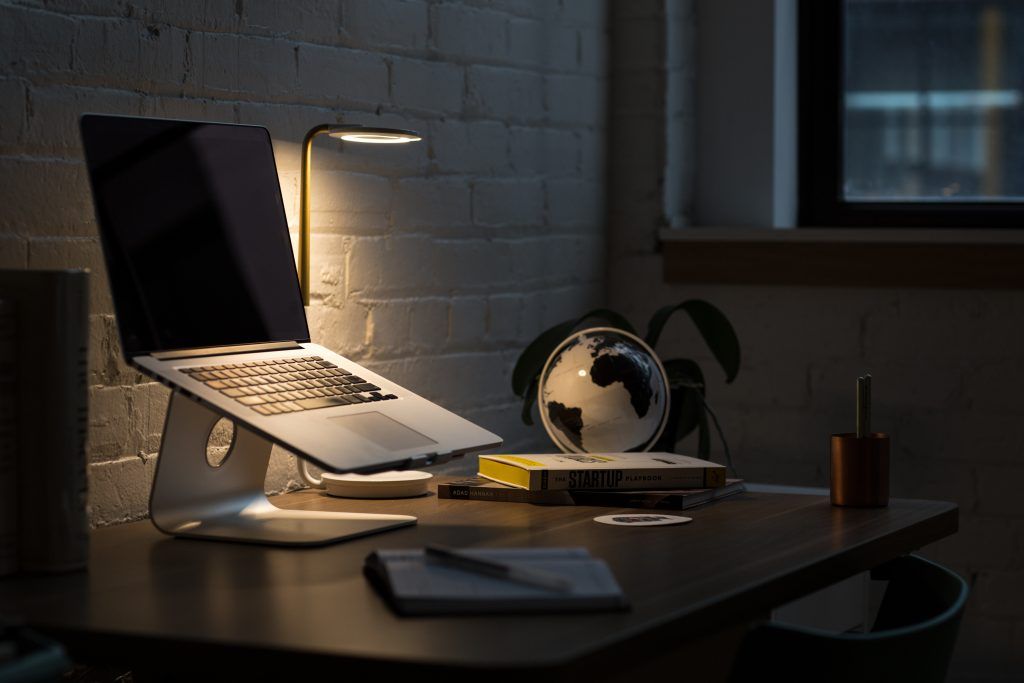
2. Peace and Quiet
You may have read articles in design publications recommending home working parents set up their work station where they can oversee their children at play. Don’t believe them! Whoever recommends this clearly doesn’t have children and has never tried to concentrate for more than 5 minutes let alone have a telephone call with a child present. We love them to pieces but be they 2 months, 2 years or 10 years, if you are in the room and you try to concentrate/be productive rest assured your child will want your attention; immediately. A place where you can get ‘into the zone’ and focus and take phone calls with privacy is vital. This steers you away from communal areas such as the kitchen or living room.
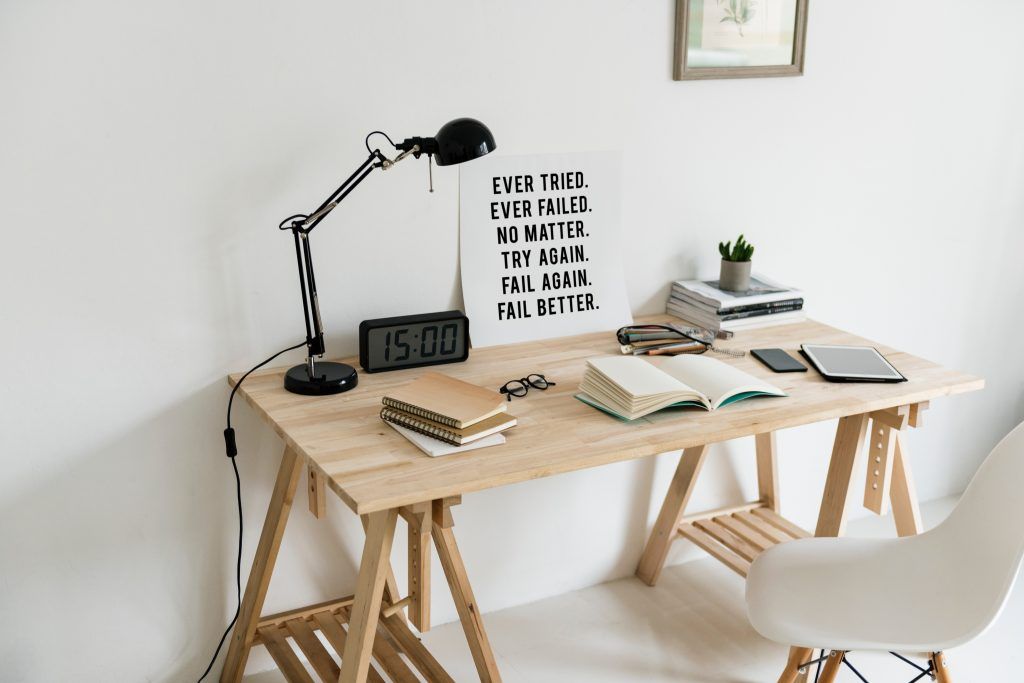
3. Positivity and Well-being
Often over looked is how the room in which you are working makes you feel. If you decided to tuck yourself away on a desk in the corner of a dark spare room or shove all of your paperwork and laptop on your dressing room table, you’re not valuing the work you are committed to doing. Consider this, when you are office based and receive a promotion you get the best office. Reward yourself, start by finding the space in your home where you want to be, this will increase productivity and importantly happiness and well-being.
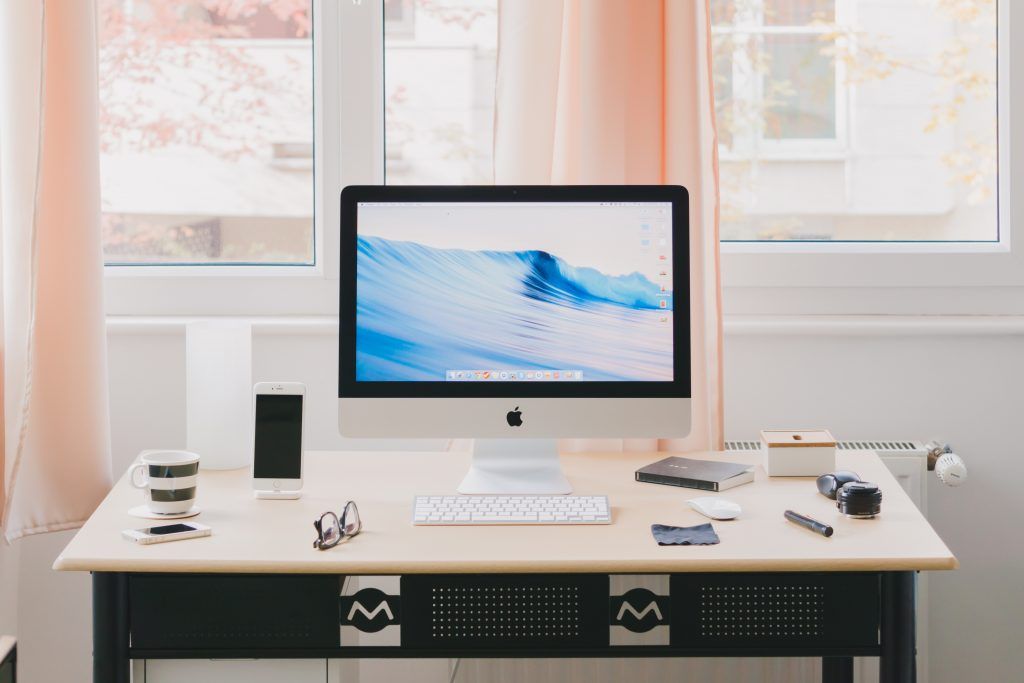
4. How much space will you need?
Size will depend on your work. The best way to start is to observe how you work. Spend a day or two working, maybe in your usual office or a larger dining table and then take stock and see how much space you actually used. If you didn’t stray far from your laptop keyboard, a small desk will suffice, if you’re a designer with reference material spread out, you’re obviously going to need a bigger desk and maybe additional storage. It seems such common sense but by actually assessing how you work and then designing your new home work space accordingly could be a game changer in your productivity.
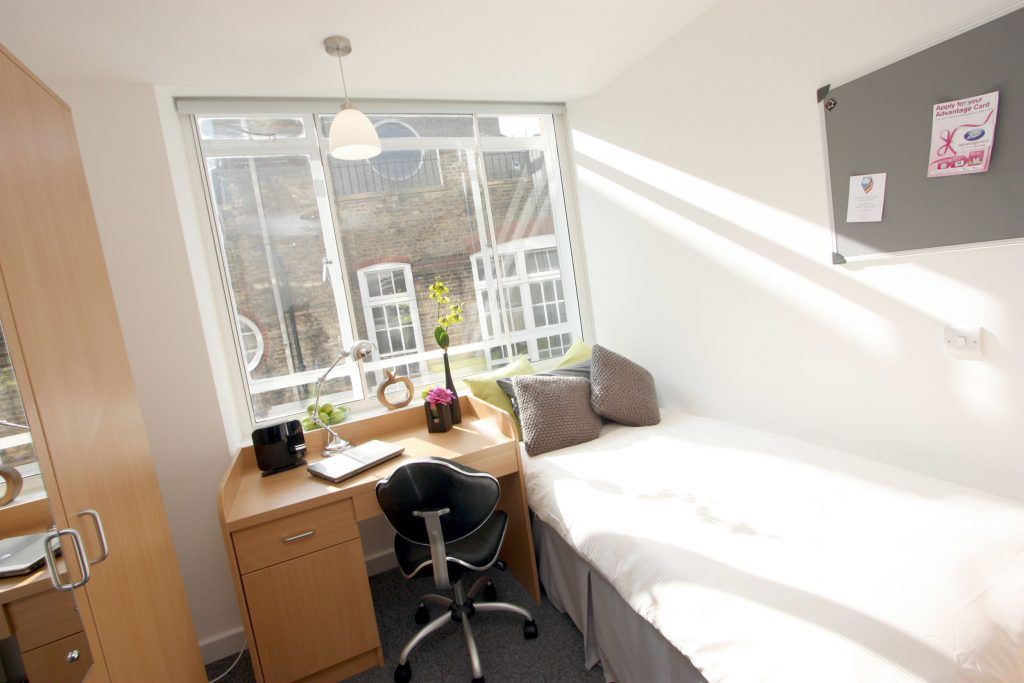
5. Office design
Visit offices and work spaces up and down the UK and you will be met with the familiar sight of beech desks and swivel chairs, carpet tiles and magnolia or white walls. The reasons many offices still look like this largely lie in practicality, cost and somewhat still being stuck in the era in which the buildings were developed. The key to a really lovely home work space is not to design an office. Design a space that appeals to you, do not endeavour to emulate a 1990’s office in an industrial park in Staines.
Dress and style your work space, houseplants, scented candles and artwork will stamp your identity on the area and create a positive environment you can enjoy.
Linking back to well-being, it is very important to ensure your home office suits the work you are doing. This is serious stuff; inadequate lighting and poor posture from inadequate working positions can cause serious health conditions so check out the official information on how to get it right and safe from HSE http://www.hse.gov.uk/msd/dse/assessment.htm
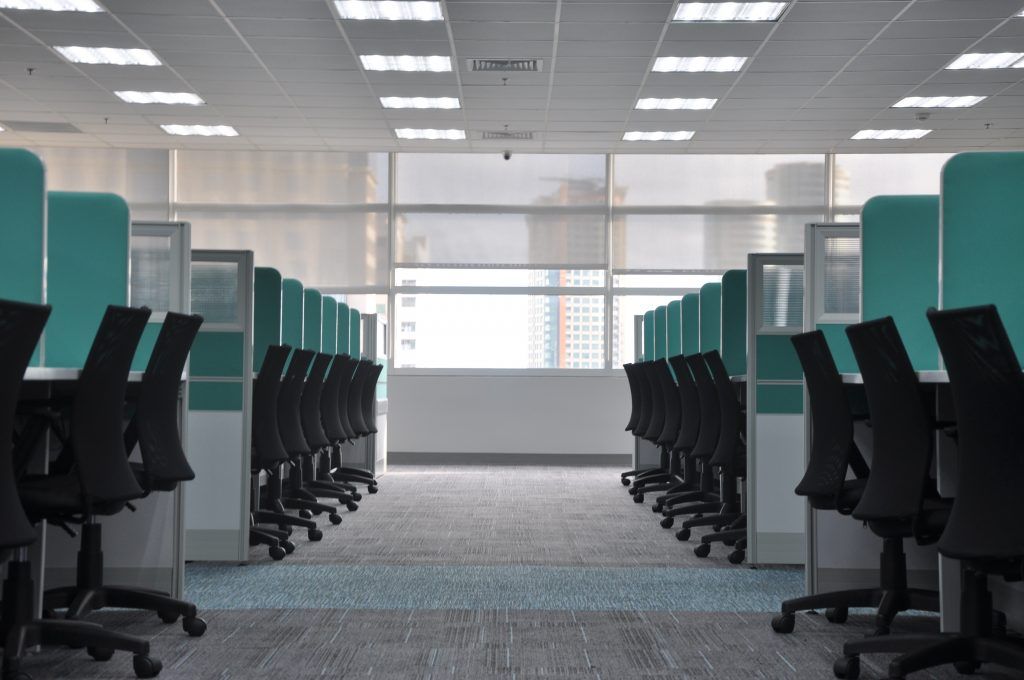
6. Take a seat
Do you need a desk and a swivel chair? Maybe you do but standing desks are gaining popularity for good reasons, so maybe a bar and stool might better suit you r needs. Vintage desks can be found at great prices and work brilliantly whilst also reducing waste.
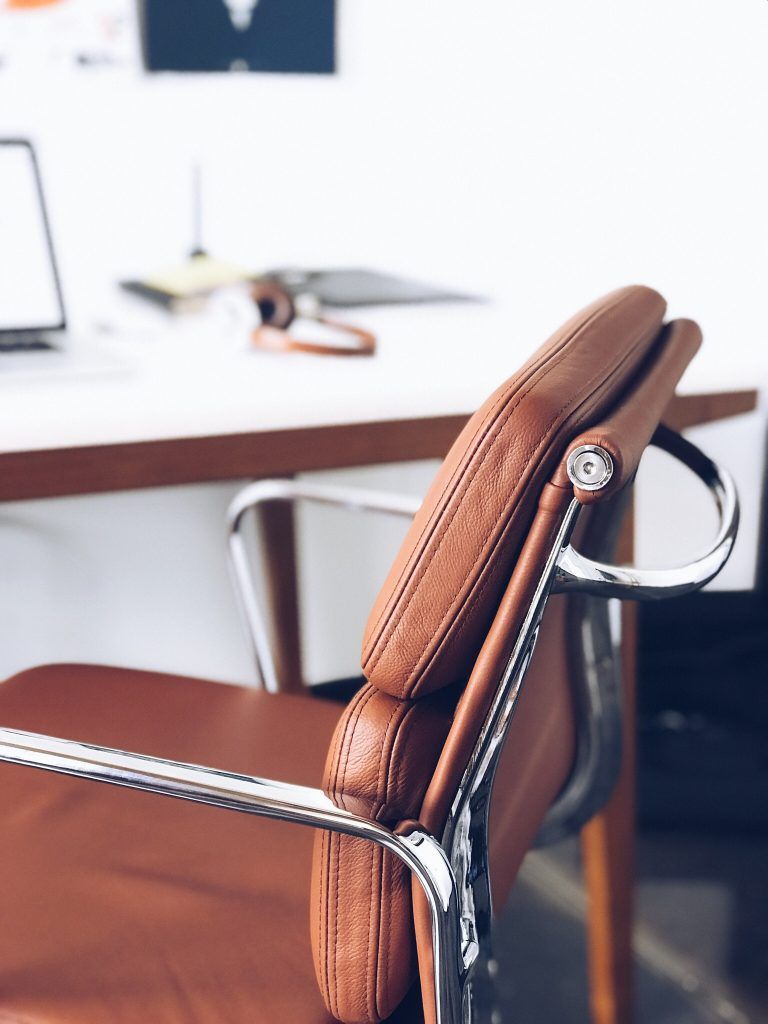
7. What to do if you don’t have space for a desk
So you have a spare room but are not sure about turning it into your home office as you often have family and friends visit. Then the dilemma arises, how will I fit in a desk and a bed? Multi-functional furniture is your friend. Wall beds with desks, even free standing ones (so if you’re a rental tenant and aren’t allowed screw fixing, no problem) are a great solution. A sofa-bed is often the go to answer for the home office in a spare room but this can be problematic, trying to squeeze a sofa and a desk into a compact bedroom. Wall beds are easy to use, take up minimal space when not being used as a bed and because they are designed for everyday use are really comfortable.
You can conveniently buy these online : Desk / Wall Bed
8. Occasional desks
If your home office is not used every day then an occasional desk might be all you need. These desks have hidden storage so would be perfect for the messy worker who likes to opt for ‘creative filing’. The desk easily drops down when you need to work. See more of these hidden desks with storage here.
The post How to design the perfect home office appeared first on John Strand MK.
